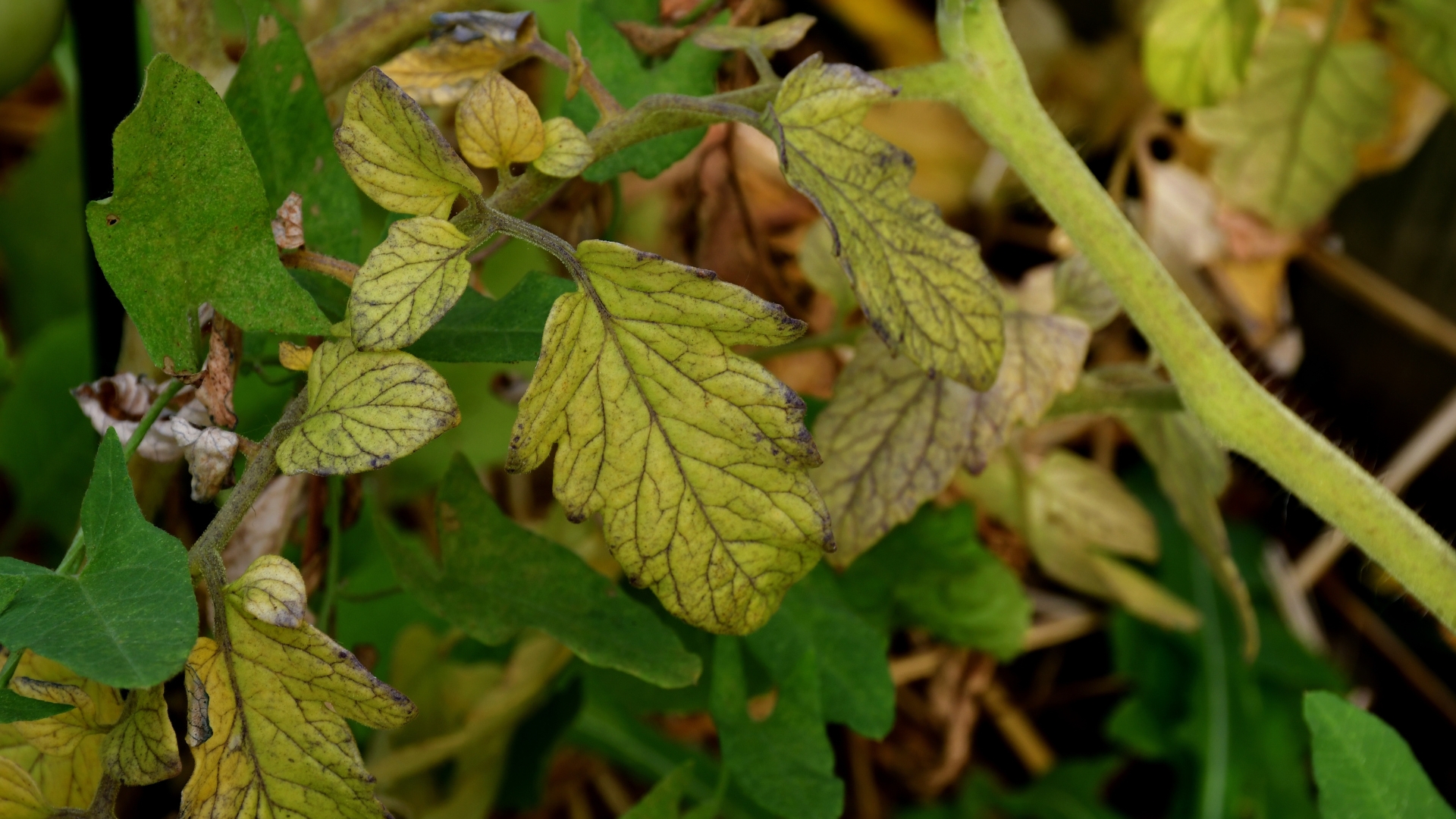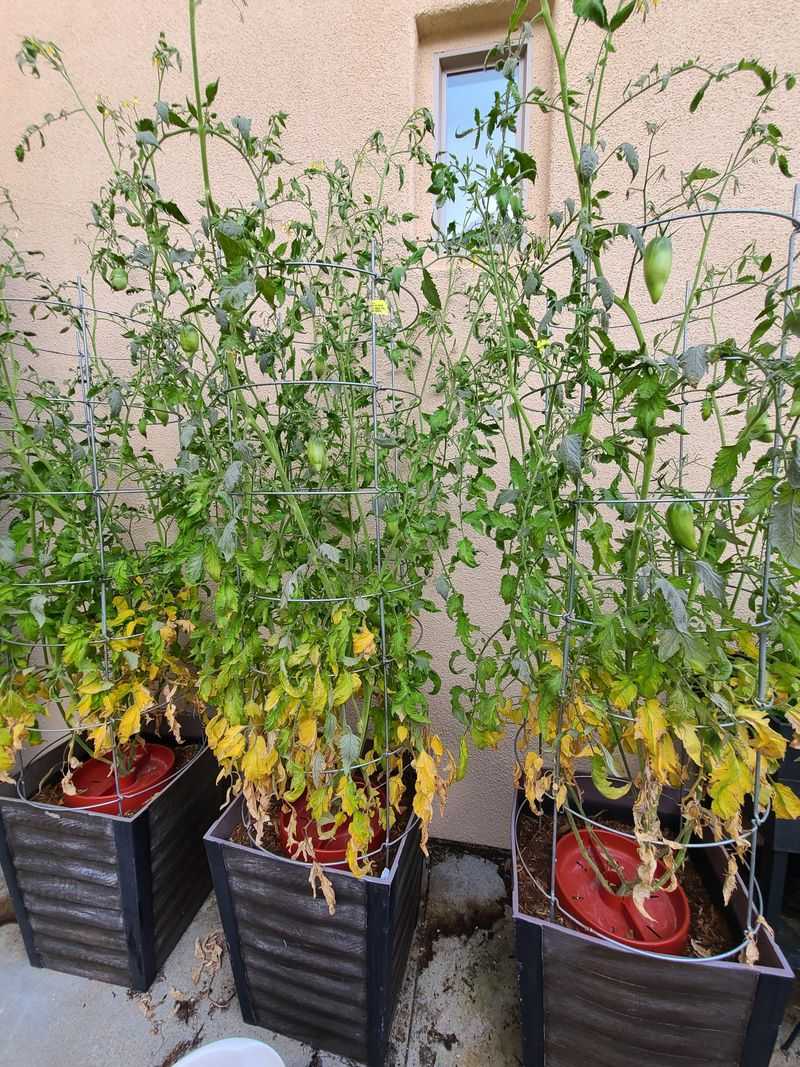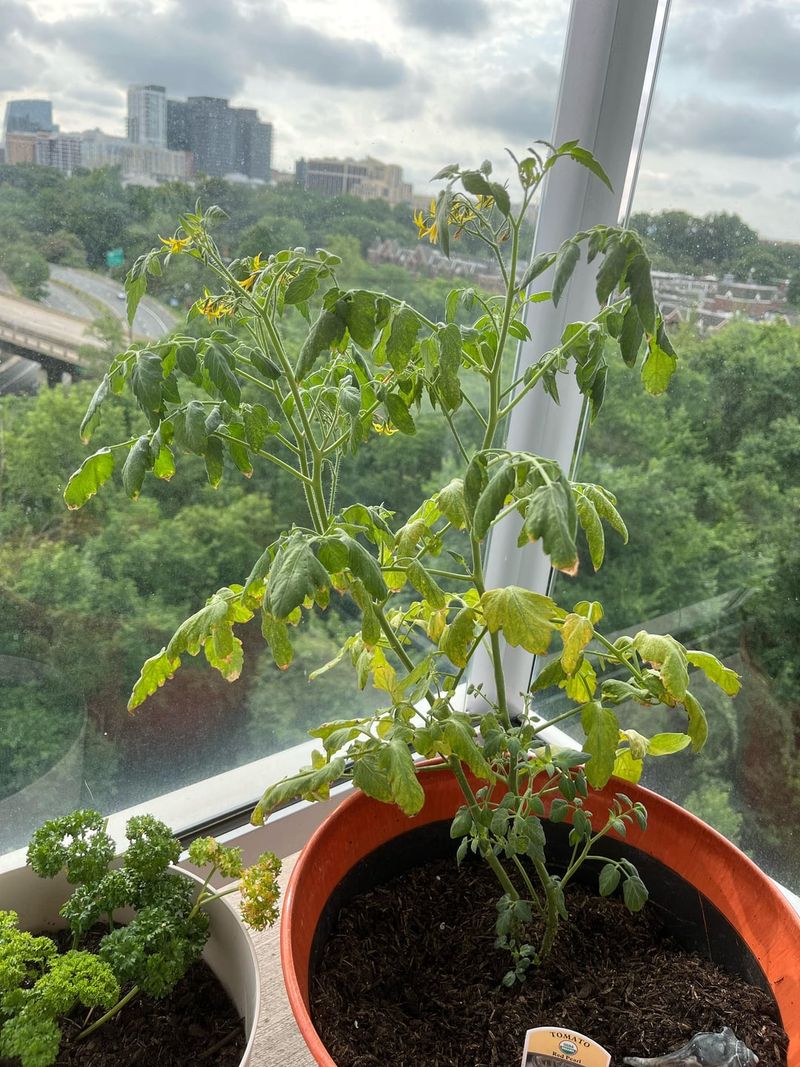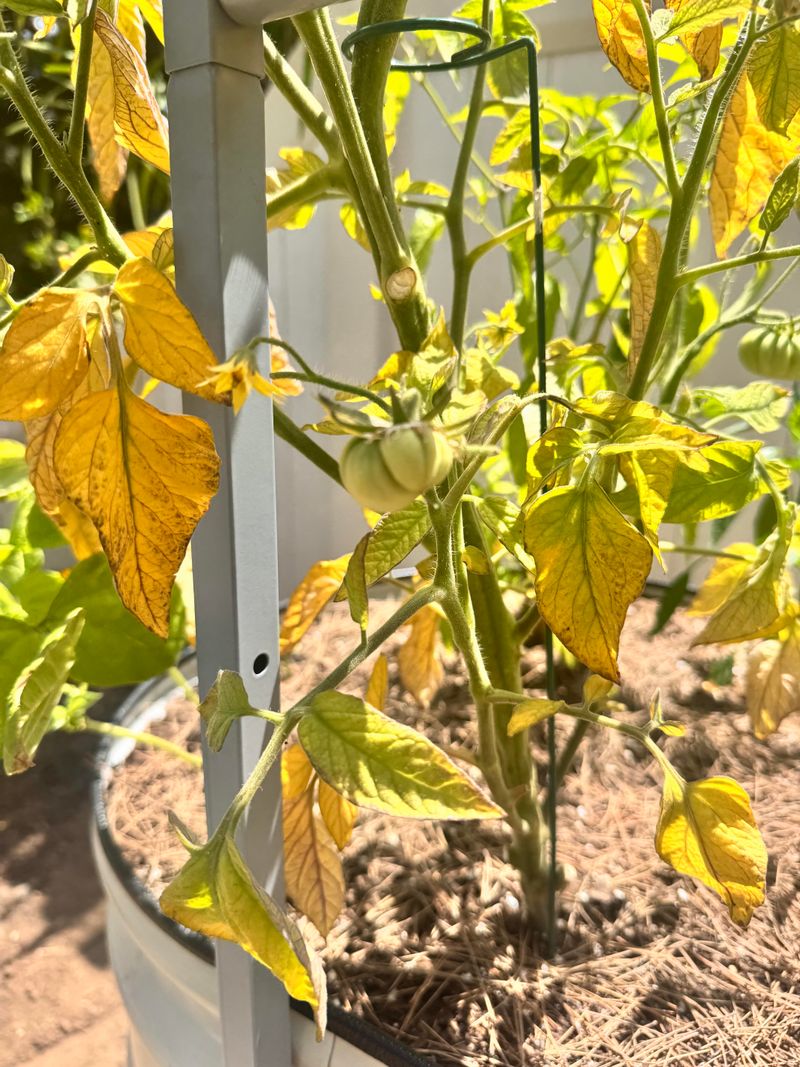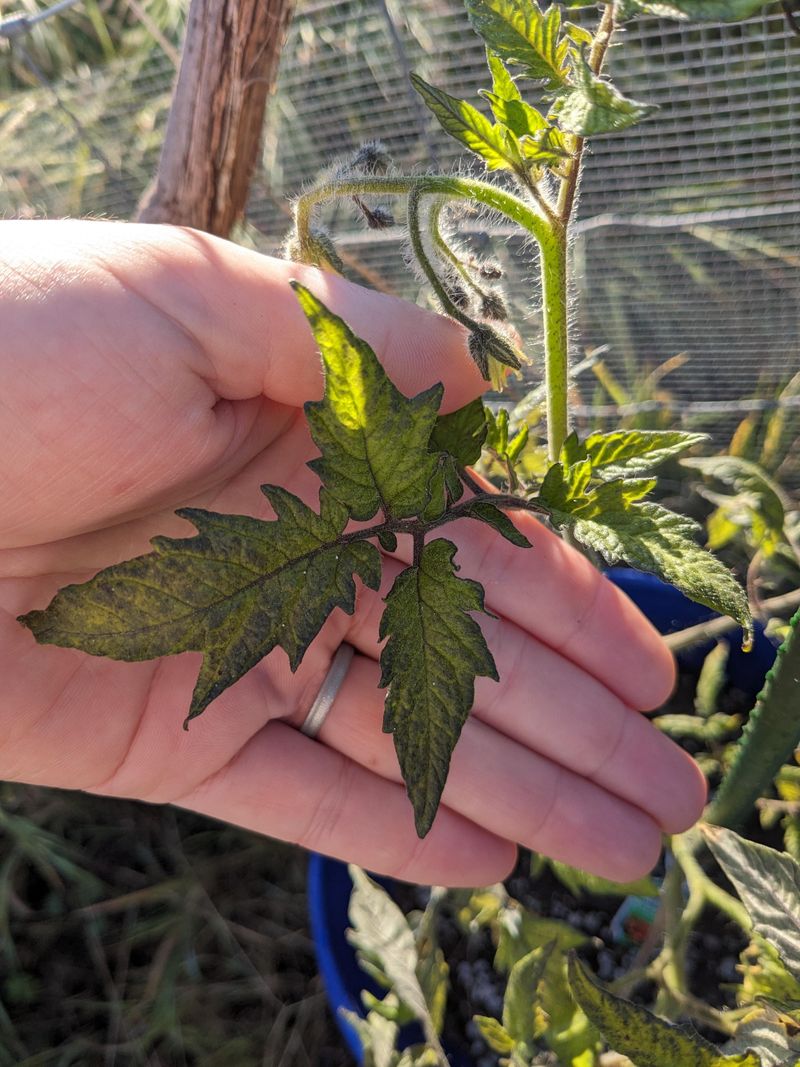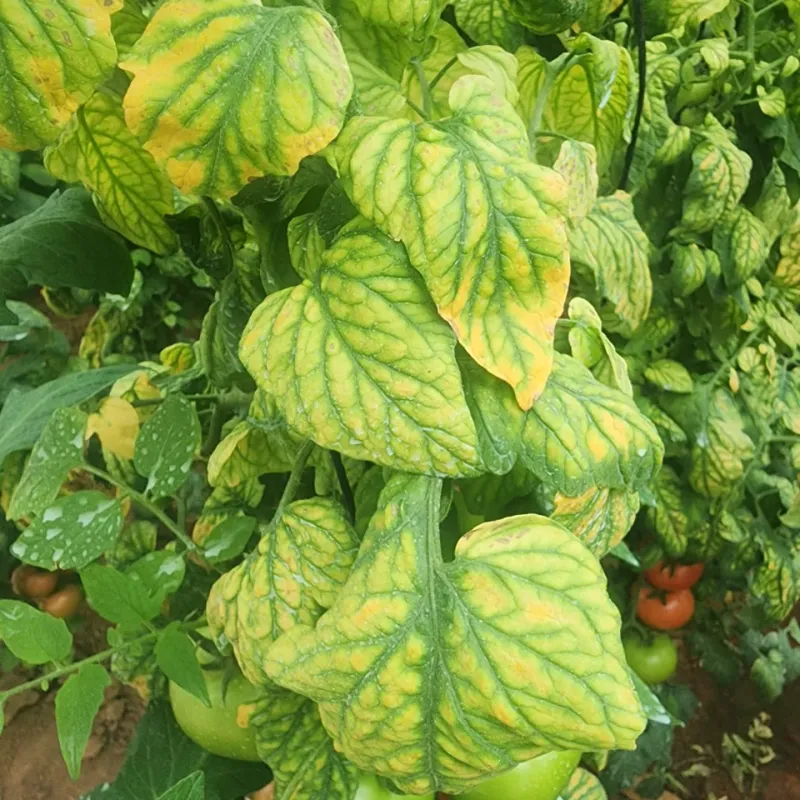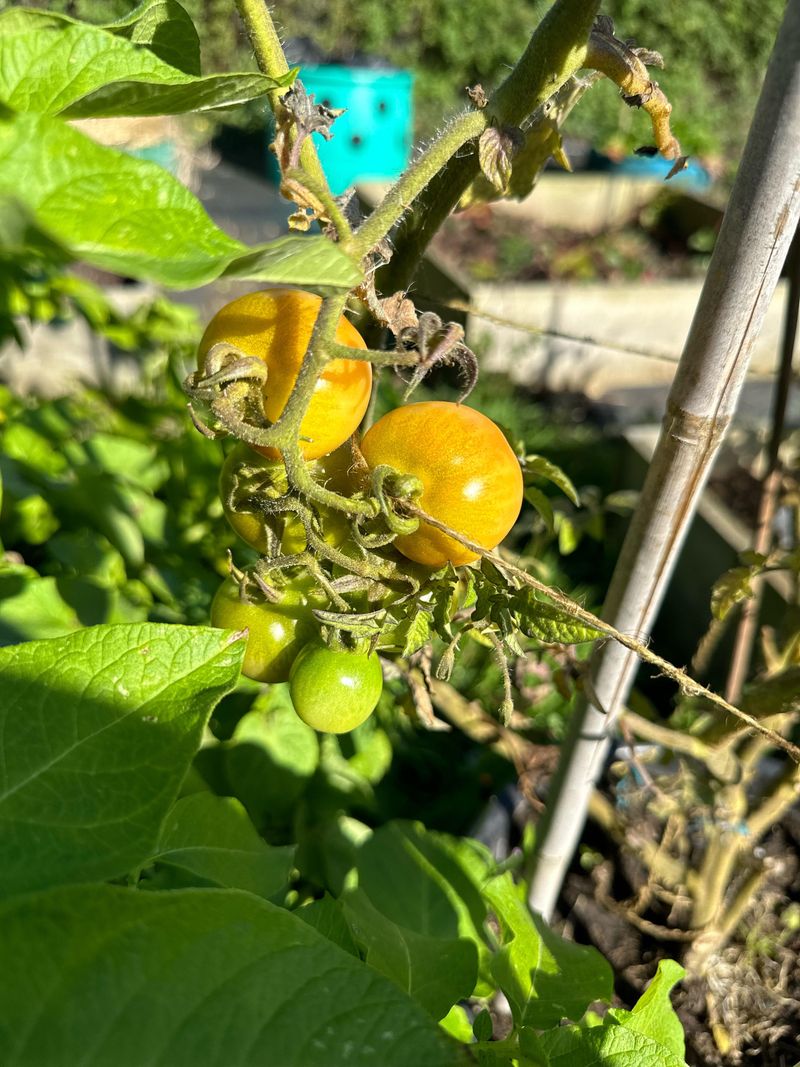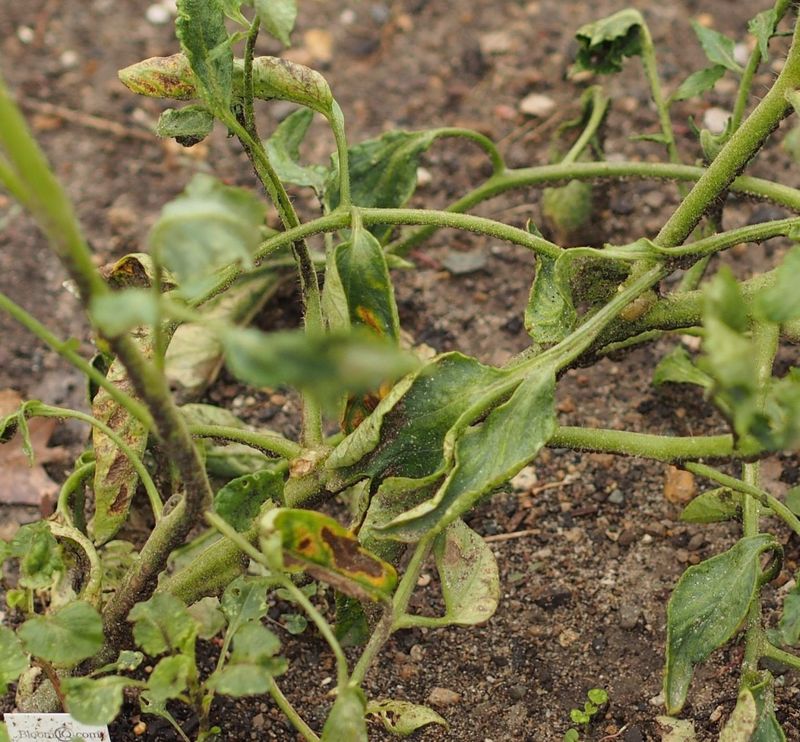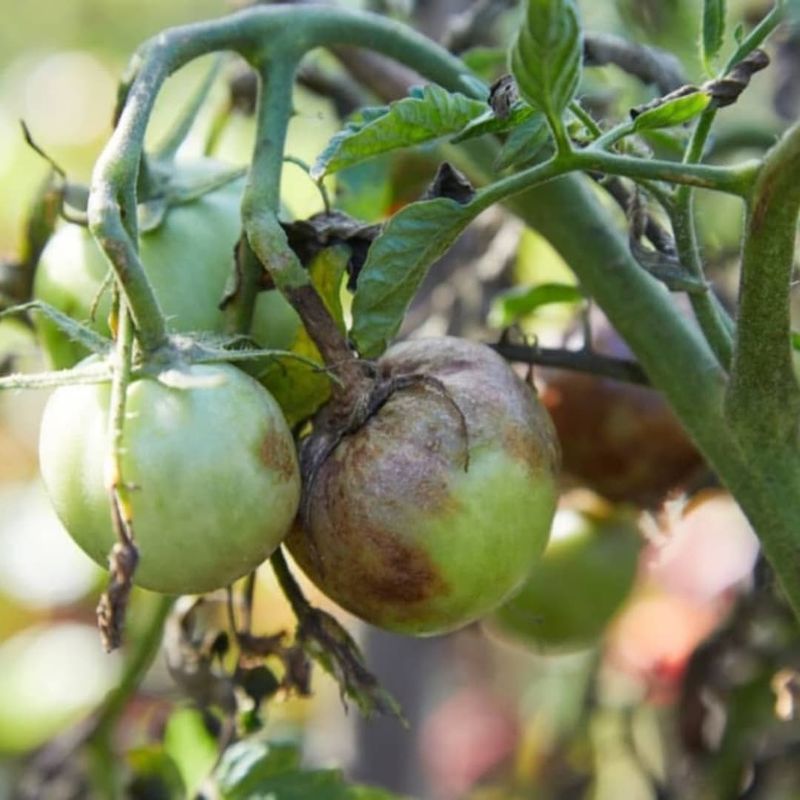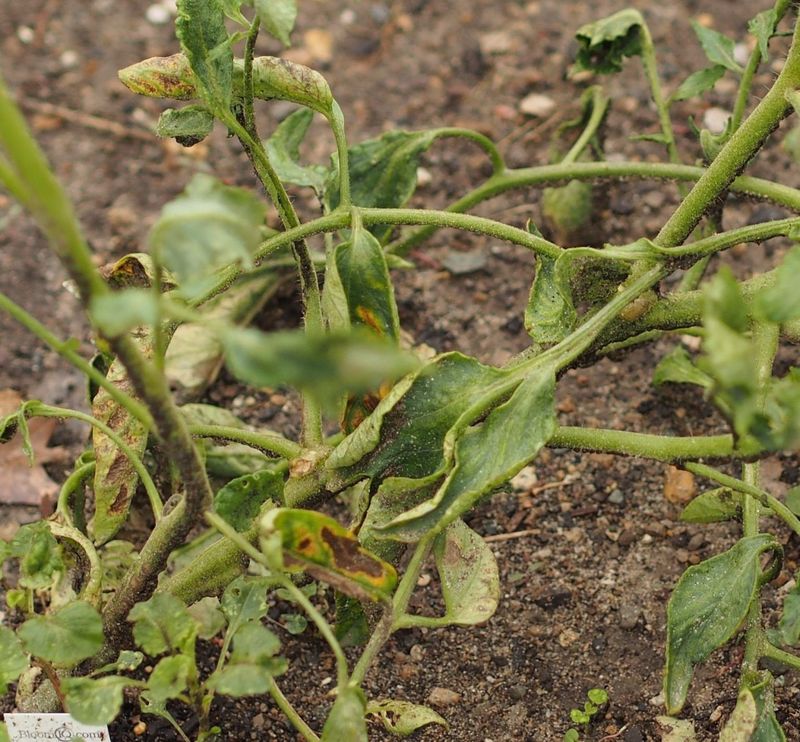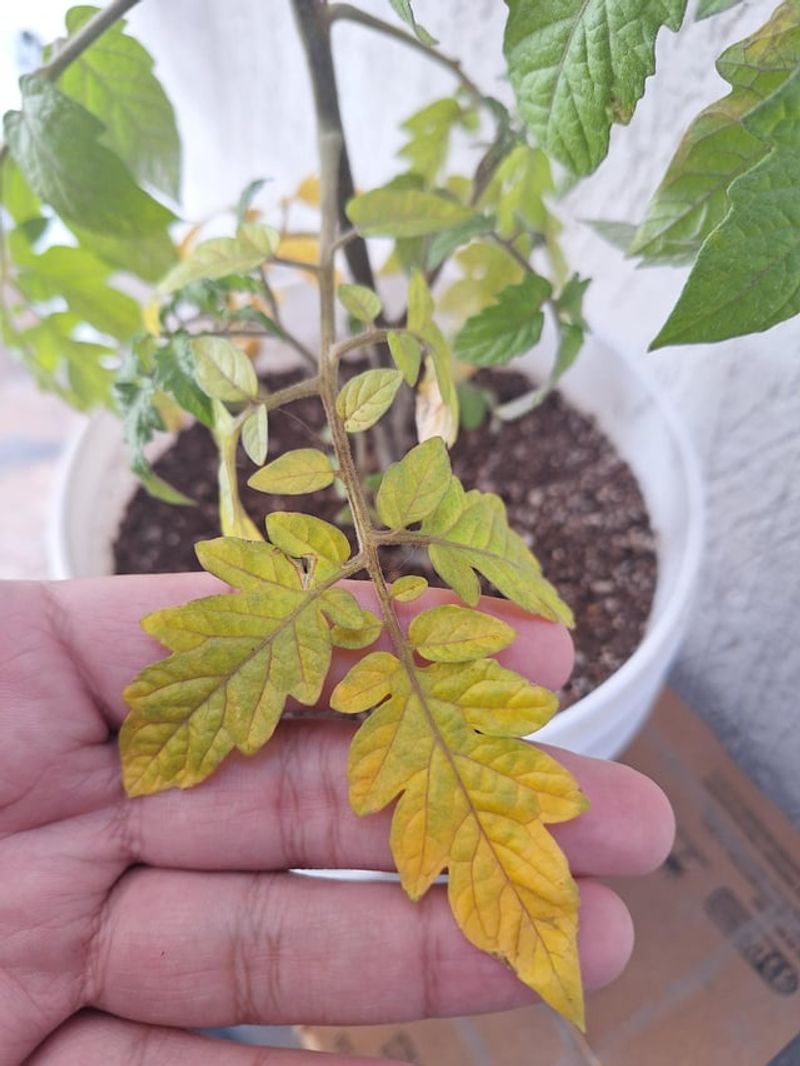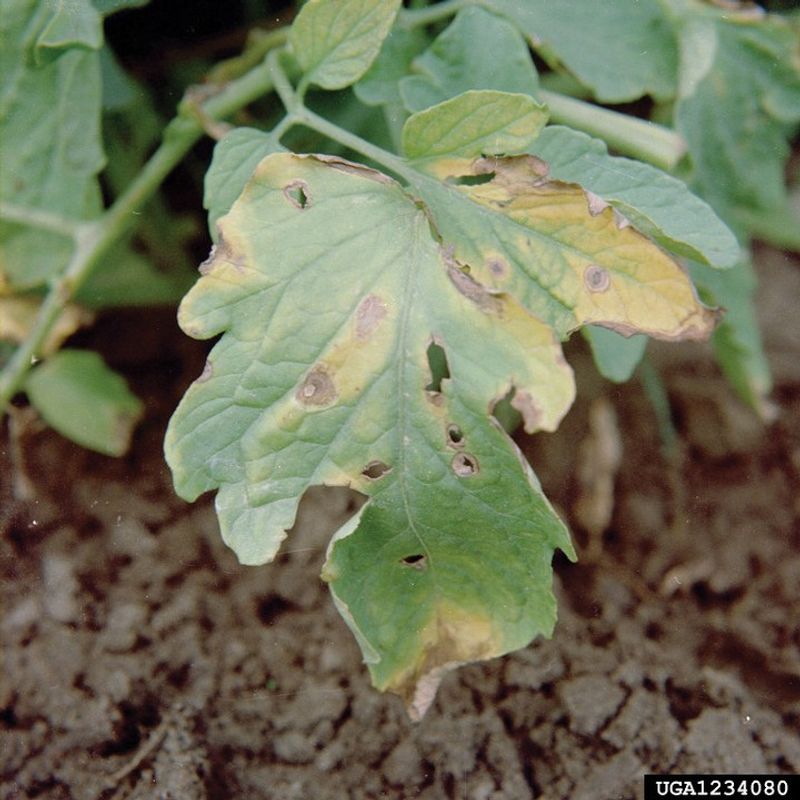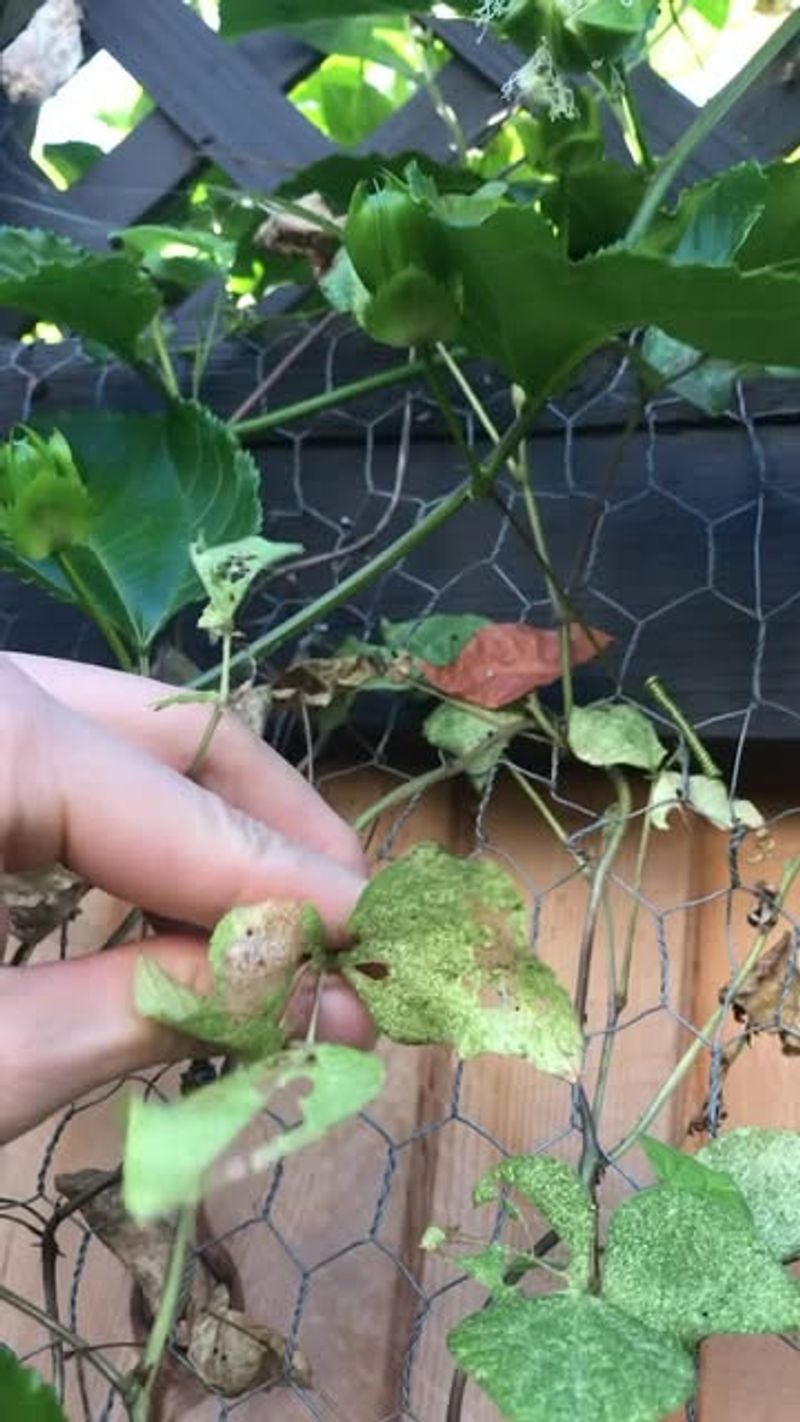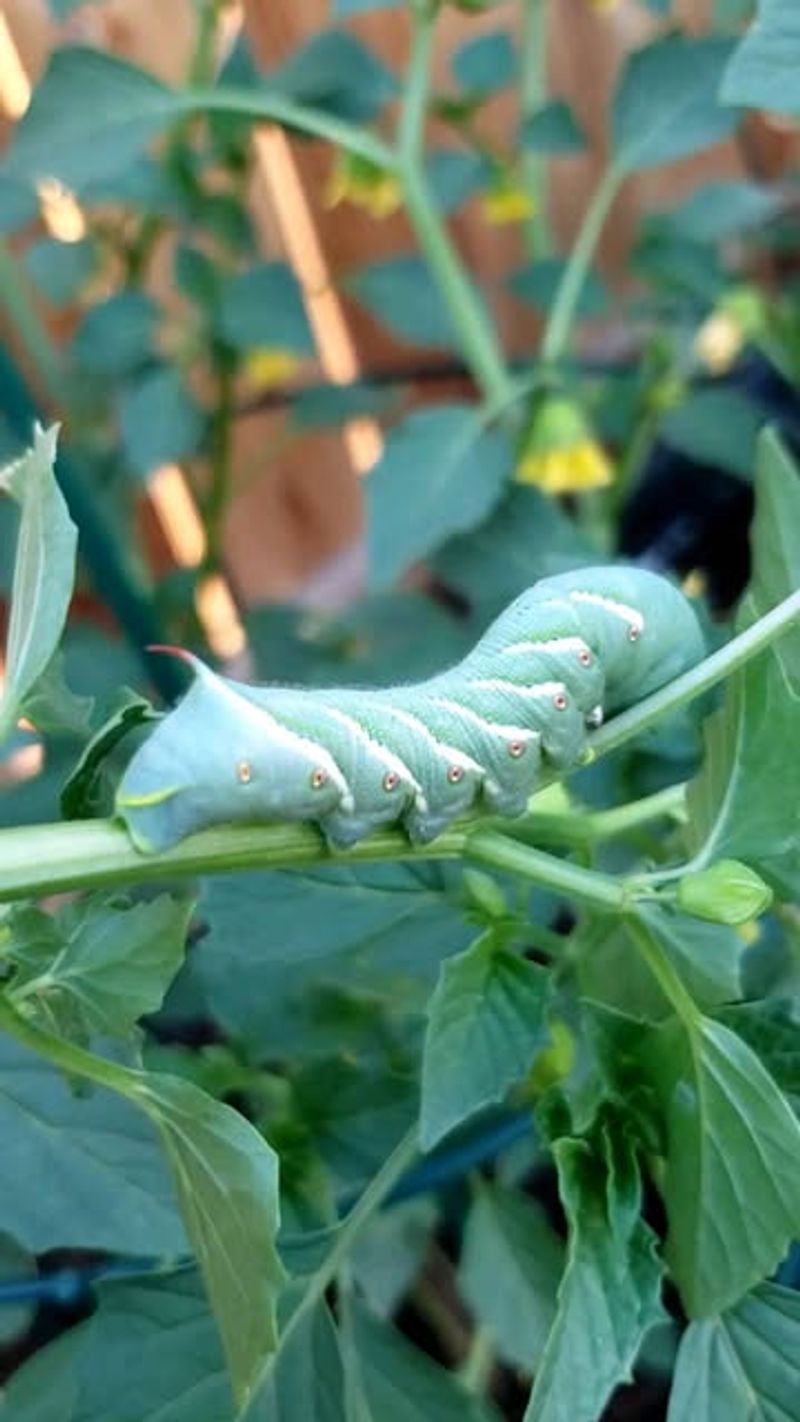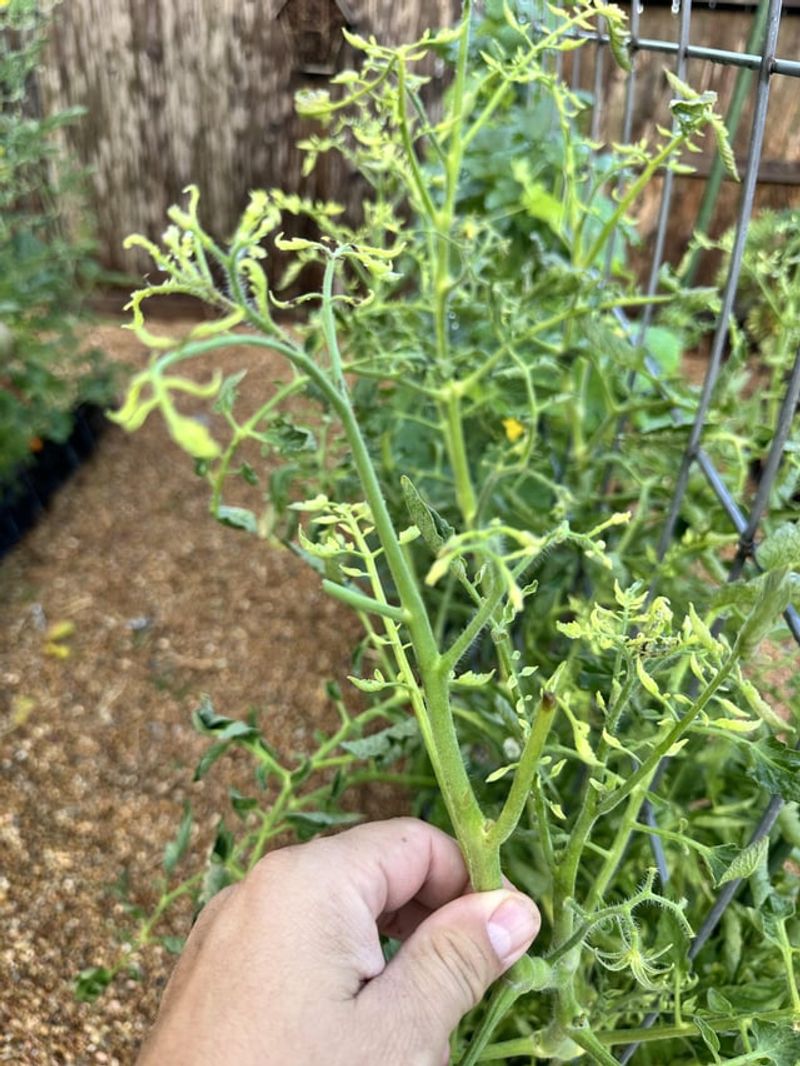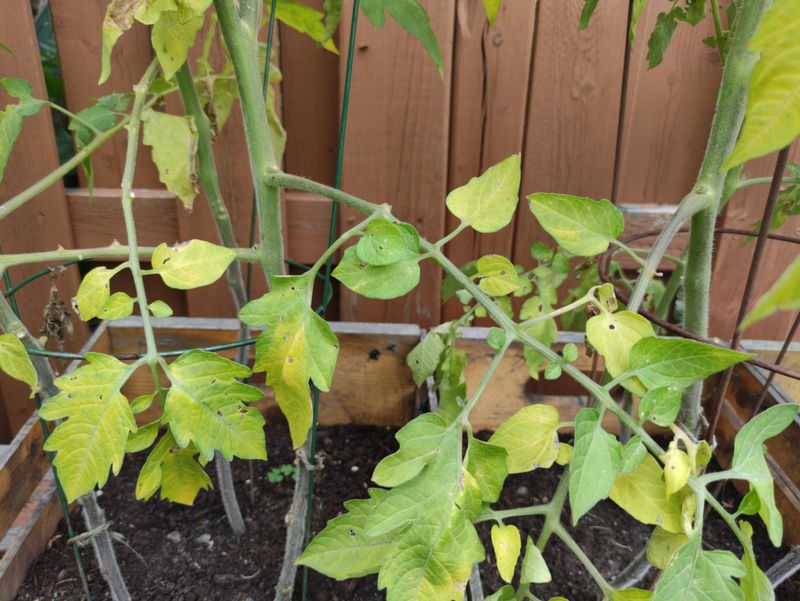If your tomato leaves are turning yellow in Indiana, you’re definitely not alone. I spotted the same thing in my garden and had to figure out what was going on.
Sometimes it’s just a quick fix—other times, it’s your plant asking for help. Knowing what to look for can save your harvest and your sanity.
Let’s get those tomatoes back to green and thriving again.
1. Nitrogen Deficiency
Your Indiana soil might be lacking this crucial nutrient. The older leaves turn yellow first while newer growth stays green, creating a distinct pattern up the plant.
Fertilizers with higher first numbers (like 10-5-5) can help restore health. Many Hoosier gardeners find that adding compost or well-rotted manure works wonders too.
2. Overwatering
Those Indiana summer thunderstorms combined with your watering schedule might be drowning your plants. Soggy soil prevents roots from breathing and absorbing nutrients properly.
Check soil moisture before watering – it should be slightly dry an inch below the surface. Many Indiana gardeners find success with raised beds that provide better drainage during wet seasons.
3. Underwatering
Hot Indiana summers can quickly dry out garden soil. When plants don’t get enough moisture, they sacrifice older leaves to conserve water for newer growth.
Consistent watering is key, especially during dry spells. Mulching around plants helps retain moisture in Indiana’s clay-heavy soils, reducing stress and preventing those yellow leaves from appearing.
4. Phosphorus Deficiency
Indiana’s naturally alkaline soils can lock up phosphorus, making it unavailable to plants. Look for leaves turning purplish-green before yellowing, especially in younger plants.
Adding bone meal or a balanced fertilizer can help. Many experienced Indiana gardeners recommend slightly acidifying the soil with composted pine needles to improve phosphorus availability.
5. Magnesium Deficiency
The yellowing between leaf veins while veins stay green is a telltale sign. Indiana’s frequent rainfall can leach this important mineral from garden soil over time.
A simple Epsom salt solution (1 tablespoon per gallon) sprayed on leaves provides quick relief. Many Indiana community gardens recommend adding dolomitic lime in fall to prevent this issue next season.
6. Early Blight
This fungal disease thrives in Indiana’s humid summers. Yellow spots with dark concentric rings appear on lower leaves first, gradually spreading upward as the disease progresses.
Remove affected leaves immediately and avoid overhead watering. Hoosier gardeners have found that applying organic fungicides containing copper can help manage this common tomato problem before it destroys plants.
7. Septoria Leaf Spot
Small yellow spots that develop dark centers are the calling card of this fungus. It spreads quickly during Indiana’s warm, wet periods, moving from bottom leaves upward.
Improve air circulation by pruning lower branches and spacing plants properly. Many Indiana Master Gardeners recommend applying a layer of fresh mulch to prevent soil-borne spores from splashing onto leaves during rain.
8. Late Blight
This devastating disease can wipe out tomato plants quickly in Indiana’s muggy late summers. Leaves develop water-soaked yellow patches that turn brown and spread rapidly across the plant.
This fungal problem requires immediate action. Indiana community garden coordinators often advise removing and bagging infected plants entirely to prevent spreading to neighbors’ gardens.
9. Verticillium Wilt
This soil-borne fungus enters through roots and blocks water movement. Yellow V-shaped patterns form on leaf edges, especially noticeable during Indiana’s hot afternoons when plants are stressed.
Unfortunately, there’s no cure once infected. Many Indiana garden centers recommend planting resistant varieties labeled “VF” next season and rotating tomato locations in your garden.
10. Fusarium Wilt
This fungal villain causes yellowing on one side of the plant or leaf. Indiana’s warm soil temperatures create perfect conditions for this pathogen to thrive and block water movement within stems.
Like Verticillium, prevention is key. Experienced Indiana gardeners recommend solarizing soil before planting and choosing resistant varieties marked with an “F” on the label.
11. Bacterial Spot
Tiny water-soaked spots turn yellow then brown, often with a yellow halo. Indiana’s summer storms help spread this bacteria as raindrops splash from soil to leaves.
Copper-based sprays can help manage outbreaks. Many Indiana community gardens have success with wide plant spacing and drip irrigation instead of overhead watering to keep foliage dry.
12. Spider Mites
These tiny pests thrive during Indiana’s hot, dry spells. They feed by sucking plant juices, causing stippled yellow spots that eventually merge into fully yellow leaves.
A strong spray of water can dislodge them. Many Indiana organic gardeners use neem oil as an effective treatment when infestations get serious during those dusty July and August weeks.
13. Tomato Hornworms
These large green caterpillars can defoliate plants overnight. While they prefer eating entire leaves, young hornworms often start by creating yellow patches before consuming whole leaves.
Hand-picking is effective for small gardens. Indiana gardeners often report seeing beneficial parasitic wasps controlling hornworm populations naturally by late summer.
14. Herbicide Drift
Lawn weed killers can drift into garden areas, especially during Indiana’s breezy days. Tomatoes are extremely sensitive to these chemicals, showing twisted yellow leaves after exposure.
Avoid spraying on windy days and create buffer zones. Many Indiana community gardens ban herbicide use entirely because tomatoes can show damage even from applications made several properties away.
15. Natural Aging
Sometimes yellowing is simply part of the plant’s life cycle. Lower leaves naturally yellow and drop as the plant focuses energy on developing fruit, especially as Indiana’s growing season progresses.
If only bottom leaves are affected while the plant looks healthy otherwise, don’t worry. Experienced Indiana gardeners know that removing these lower yellowing leaves can improve air circulation and reduce disease risk.

